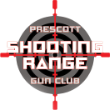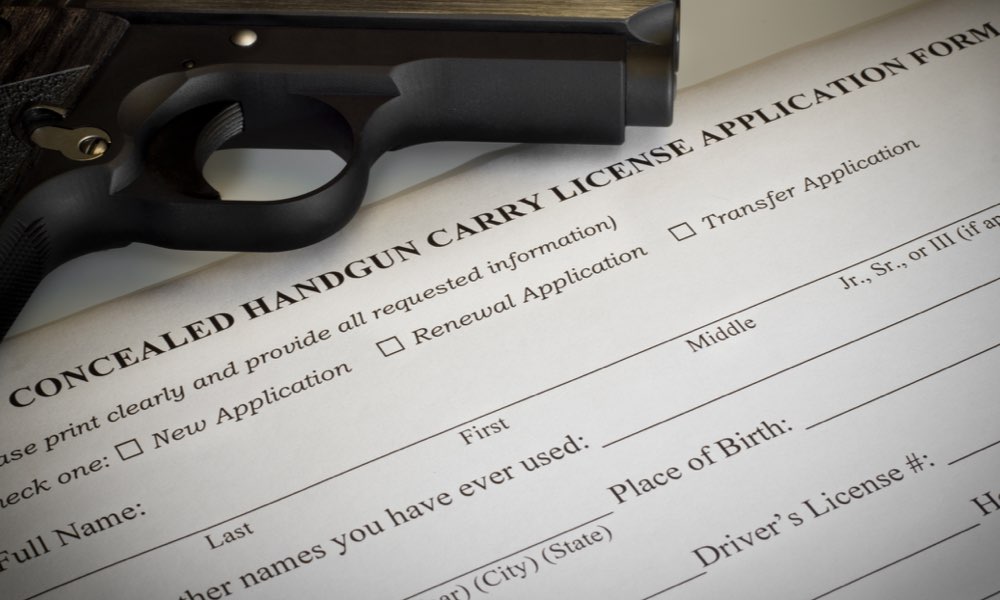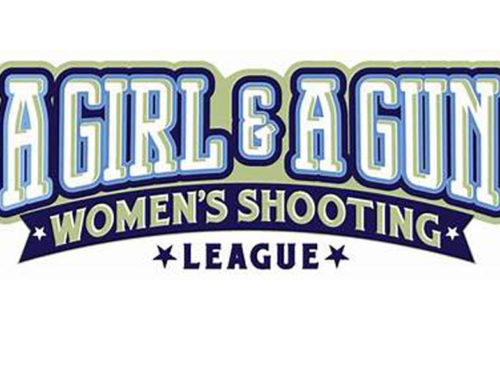Arizona is a “shall issue” state for concealed carry permits. The permit is generally called “CCW (Concealed Carry Weapon),” but is actually “CWP (Concealed Weapon Permit)” In Arizona. In order to get a permit, you must have a certificate of training as well as fingerprint cards, form submission and payment. The standards of that training are “a firearms safety class” which can be as basic as a classroom-only slideshow. Proof of prior training may be accepted by DPS (including military training). An expired CCW is also proof of training and can be used to renew an expired CCW without retaking a training class.
Still don’t have a CCW? Here are some reasons to get one:
- Reciprocity – If you travel outside of Arizona you will want a permit in order to continue to carry concealed. Currently 28 states honor or have reciprocity with the Arizona CCW permit. Without the permit you cannot carry in any of those states.
- Restaurants Serving Alcohol – With the Arizona CCW permit you may carry your concealed weapon in restaurants or businesses that serve alcohol for consumption on the premises (though you still can’t drink and still have to comply if the restaurant displays a sign prohibiting firearms). Without a permit you cannot carry in these places at all. That includes popular family restaurants that serve alcohol.
- Without a permit you cannot carry into National Parks (with a permit, some restrictions apply):
https://www.nps.gov/grca/learn/management/upload/Firearms-in-IMRparks2-2010.pdf - Without a permit you cannot carry your firearm within 1,000 feet of a school. Do you realize how difficult it is to avoid 1,000-foot boundaries of every school in the state? (Federal Gun-Free School Zones Act)
- Phoenix ordinances prohibit the possession of a firearm in a city park of 1 square mile or less where posted (Carrying a firearm in this park is limited to persons who possess a permit issued pursuant to A.R.S. § 13-3112.)
- If you have a permit, the process of obtaining a NICS background check when you purchase a firearm is eliminated.
- Having a permit makes it easier for law enforcement to identify you as a person who has gone through a legal process to obtain training and education. It also proves to them that you can pass a rigorous background check.
- If you eventually end up in court to defend your own firearm-related actions, you will be more defend-able from charges like recklessness and negligence.
- Probably the most important reason however is the training.
Our CCW class is different than most other CCW classes in the area. We are a firearms training range and as NRA-certified instructors (our entire staff), we are obligated to provide a high standard of training. We aren’t a certificate mill. Our CCW class is an 8-hour FIREARMS TRAINING class. We do half the class in the classroom (going over laws, defensive shooting concepts and techniques) and half the class on the range (shooting on a line, not in the booths). The range portion uses up to 100 rounds of ammo where we teach and practice the basics of holster draw and defensive shooting techniques. This is the same class that has been taught on these premises since 2014. Our students appreciate the fact that taking a gun out of a holster in haste is one of the most dangerous things they’ll ever do with a firearm and that they need training to be able to safely do so. Handing out certificates while providing no holster training whatsoever (as in most other CCW classes) is not the standard of training we strive to meet. Having met the holster draw training standard, shooters are allowed to practice holster draw on the range (some limitations apply) to maintain safety and proficiency.
Our CCW class is an “intermediate” shooting class. People come in saying “I got my CCW and should probably learn to shoot.” Our class is designed for people who are safe, proficient and comfortable with their firearm, the bare minimum proficiency someone should have before carrying a firearm. We do introductory training and welcome a lot of new shooters into the shooting sports; BUT our CCW class is not designed for those shooters; our intermediate students appreciate the difference.
We are continuing to keep class sizes small to ensure a high level of training, so our classes tend to fill fairly early, but we have a waiting list that gives customers first shot at a spot that opens up; they are the first people we contact when we schedule a new class. Where else can you get a CCW and learn to draw from the holster at the same time?!


